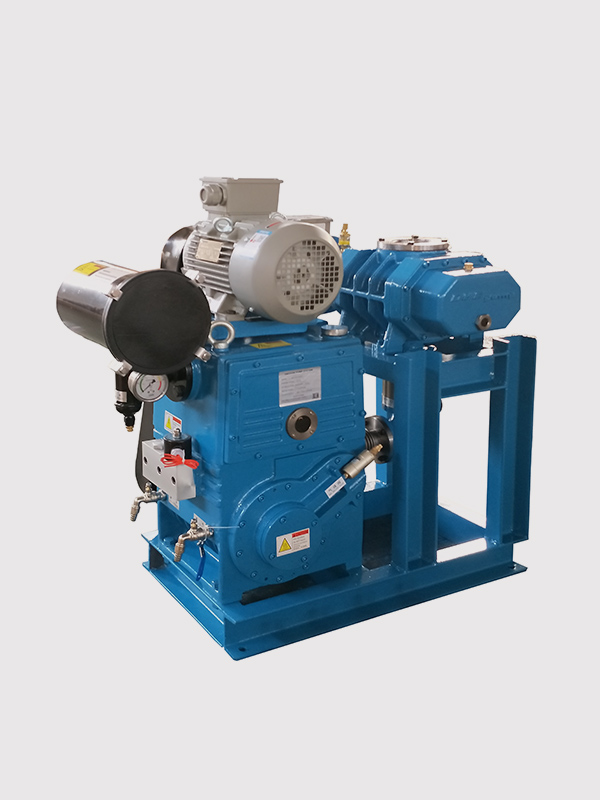
After further research, it is believed that the amount of sealing water in the vacuum pump is insufficient, resulting in insufficient water at the bottom of the vacuum pump, and the air in the air-water separator leaks into the vacuum pump, which makes the negative pressure in the vacuum pump not high enough, and the working suction force of the ejector is insufficient. According to this, the manual start method is temporarily adopted. First, the sealed water pump is started to run for 5 minutes, and then the vacuum pump is started. This effectively controls the reduction of the vacuum, and at the same time, the cooler is cleaned (it was found that the cooler is dirty) to ensure sufficient sealing water. After taking the above measures, during the operation of the switching vacuum pump set, there is no abnormal vacuum drop.
From the point of view of the stable operation of the vacuum pump, its water filling must reach the position above the center line of the pump, and then it can be started. Due to the small amount of water, it leaks. In normal operation, the amount of sealing water should not be less than 200L/min.


 English
English Pусский
Pусский Chinese
Chinese
